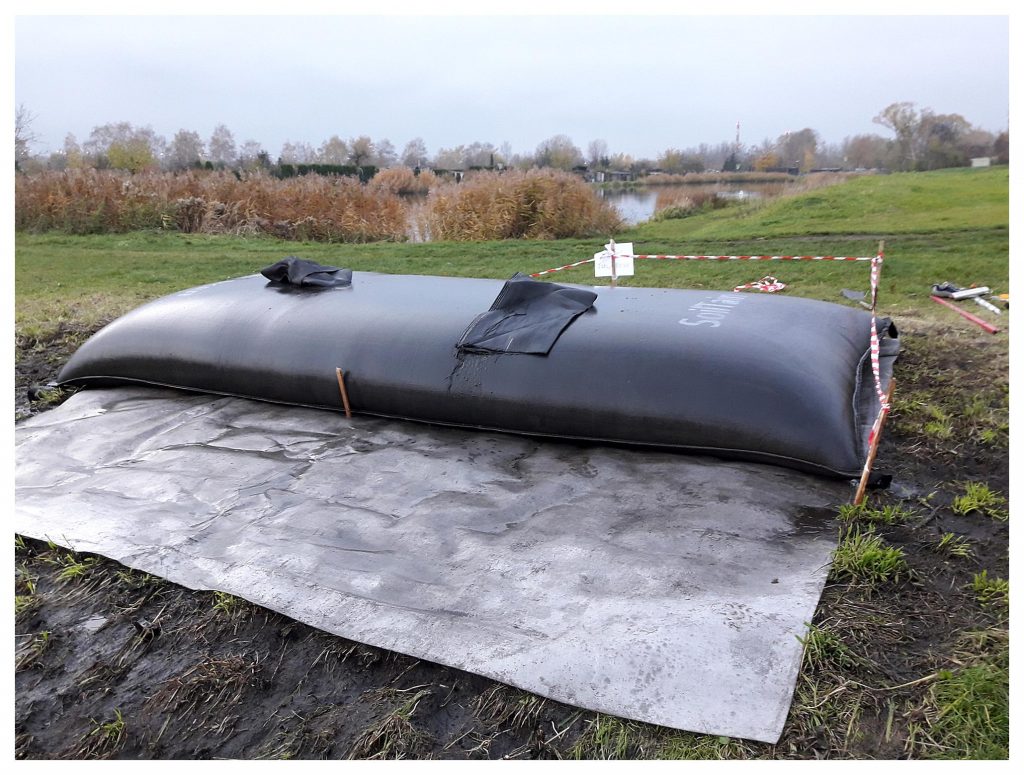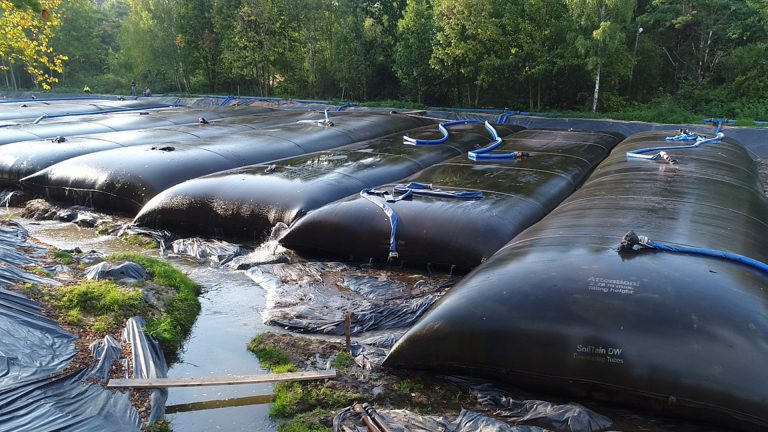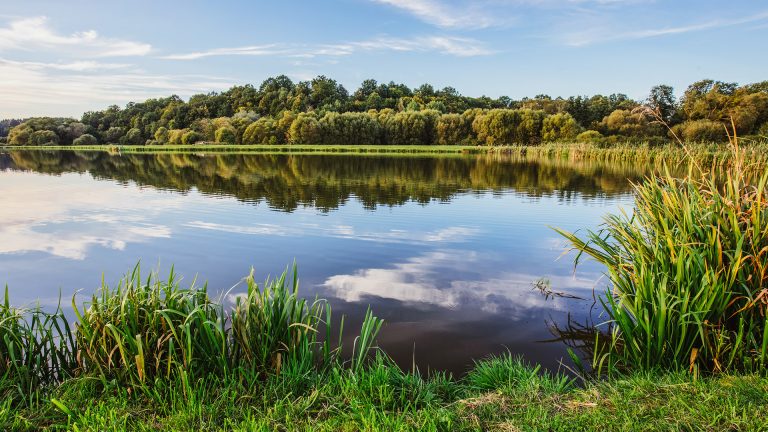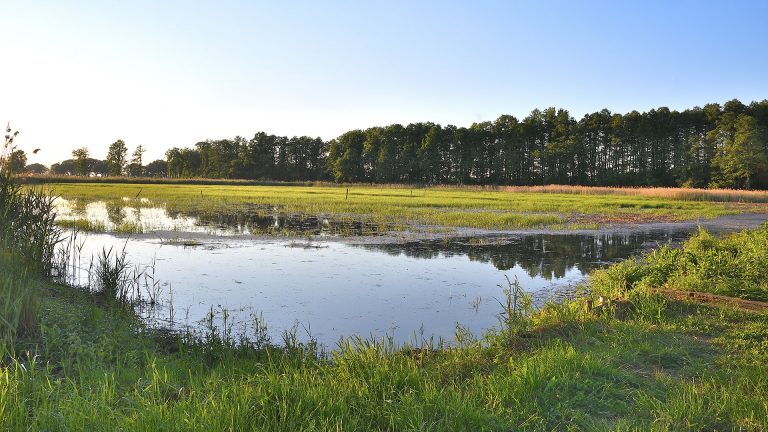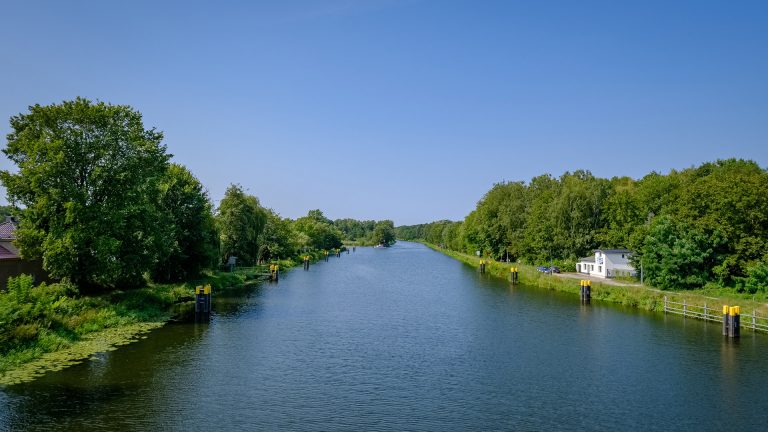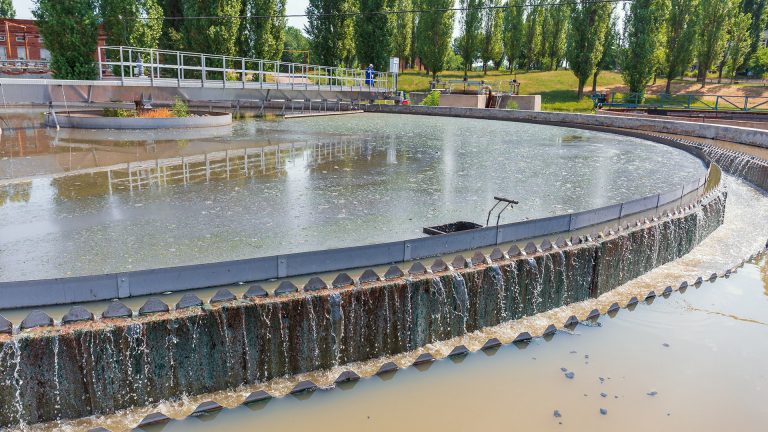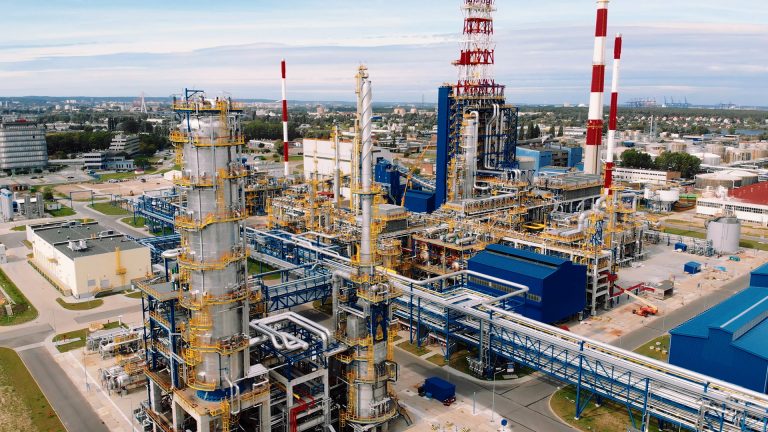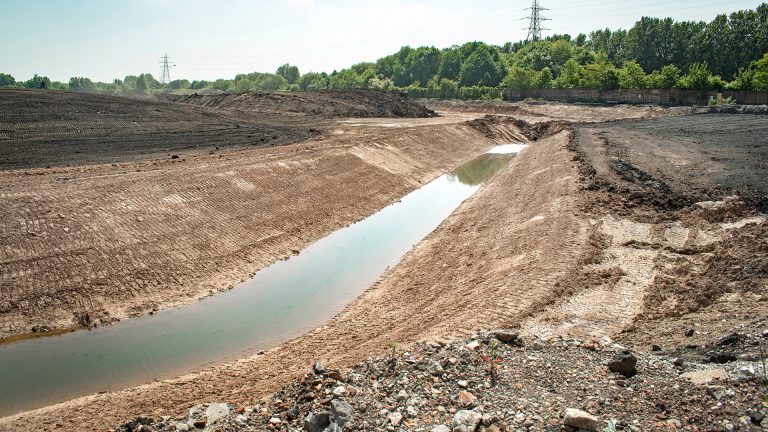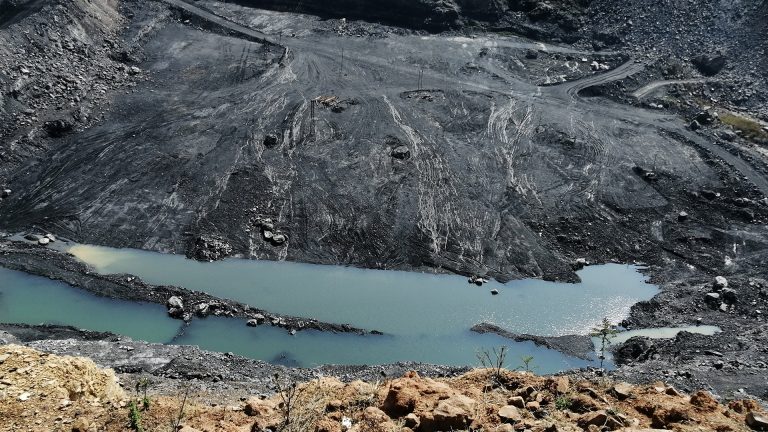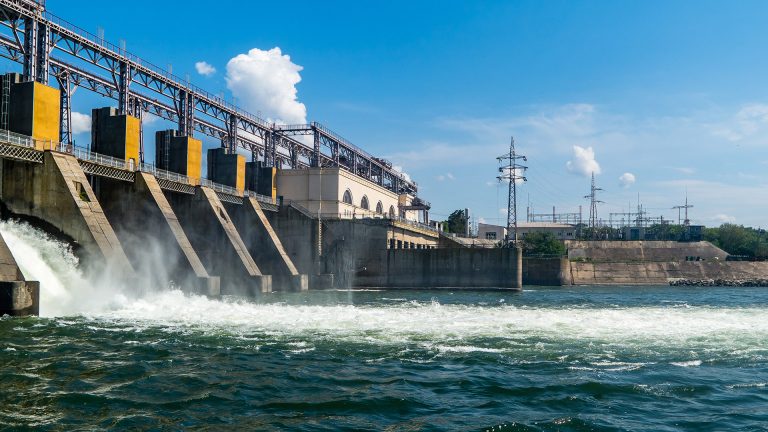A common problem in fish farming is the formation of bottom sediment quite regularly and in large numbers.
Contaminants accumulated in sediments pose numerous threats to fish farming, causing: a change of the flow regime in pond facilities, an increased level of water toxicity in the pond, later difficulties with fishing, as well as the possibility of contamination of other water reservoirs located downstream to fish ponds (lakes, rivers, other ponds).
Therefore, the sediments lying on the bottom should be removed and appropriate environmental conditions and depth should be restored.
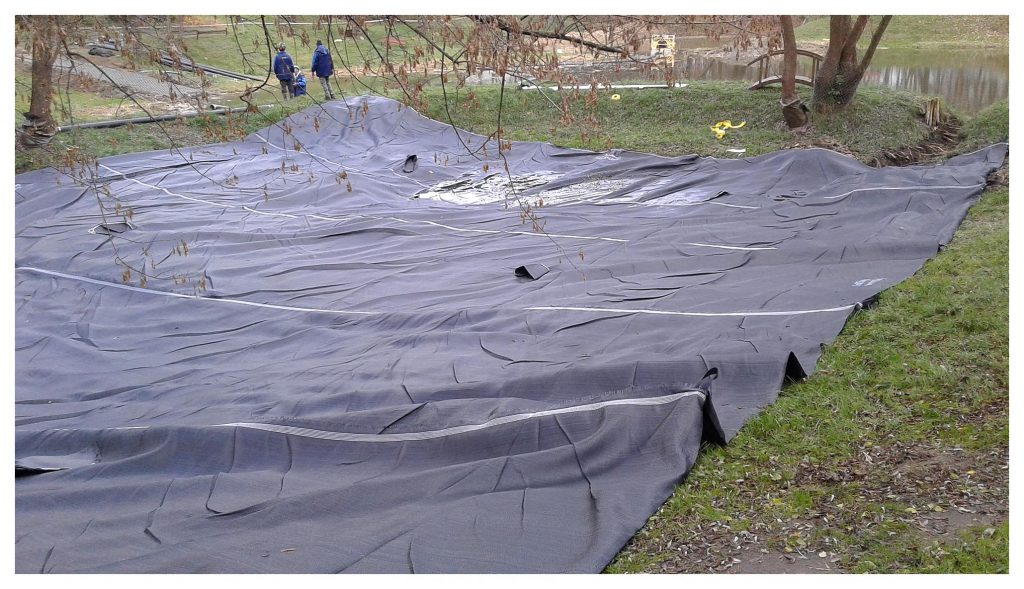
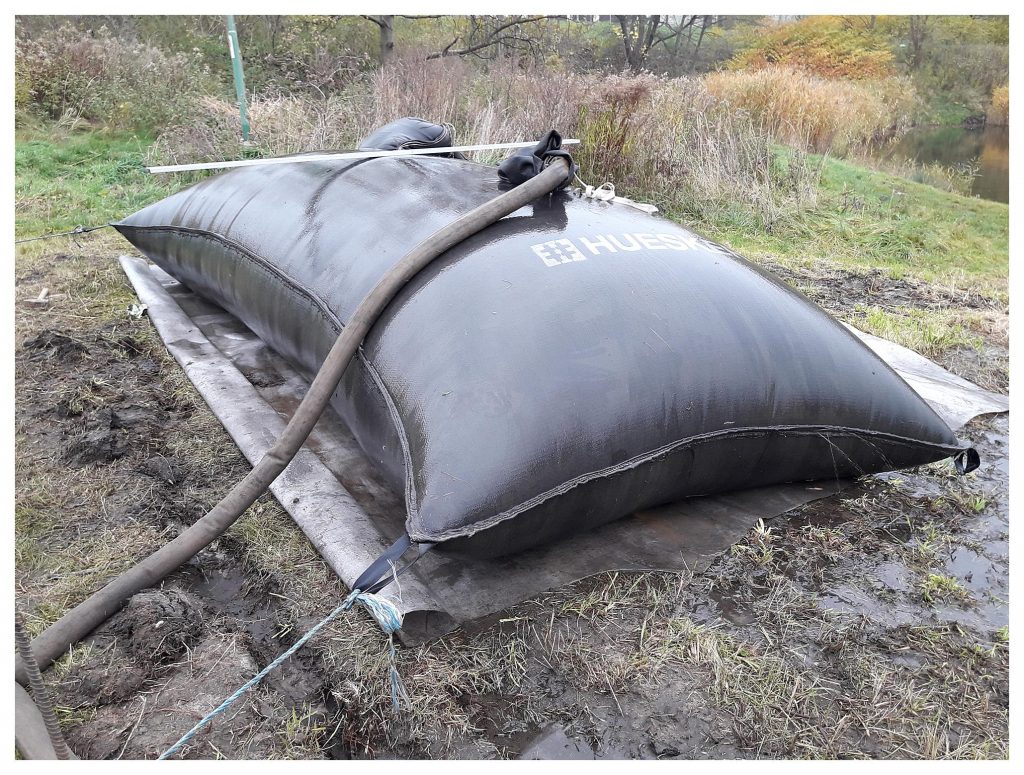
Most often after fish catching, the accumulated bottom sediments are removed from the fisheries with the use of excavators,
which extract sludge and deposit it in a short distances from the pond. This allows the pond to be deepened during the winter.
Unfortunately, when the pond is filled with water, some portion of the excavated sludge returns to the bottom of the previously cleaned pond.
This technology is completely safe for fishes in breeding ponds. The sediments extracted from the bottom, thanks to hydrotransport in pipelines are directed towards geosynthetic containers, do not come into contact with the external environment, what significantly reduces the odor intensity occurring usually during this type of work.
The dewatered sludge remains inside the SoilTain® geosynthetic tube without the possibility of getting out.
By closing of dewatered sludge in a geosynthetic container, renew hydration of the sludge is prevented, as it is in case of sludge extracted and disposed on the edge of the pond.
